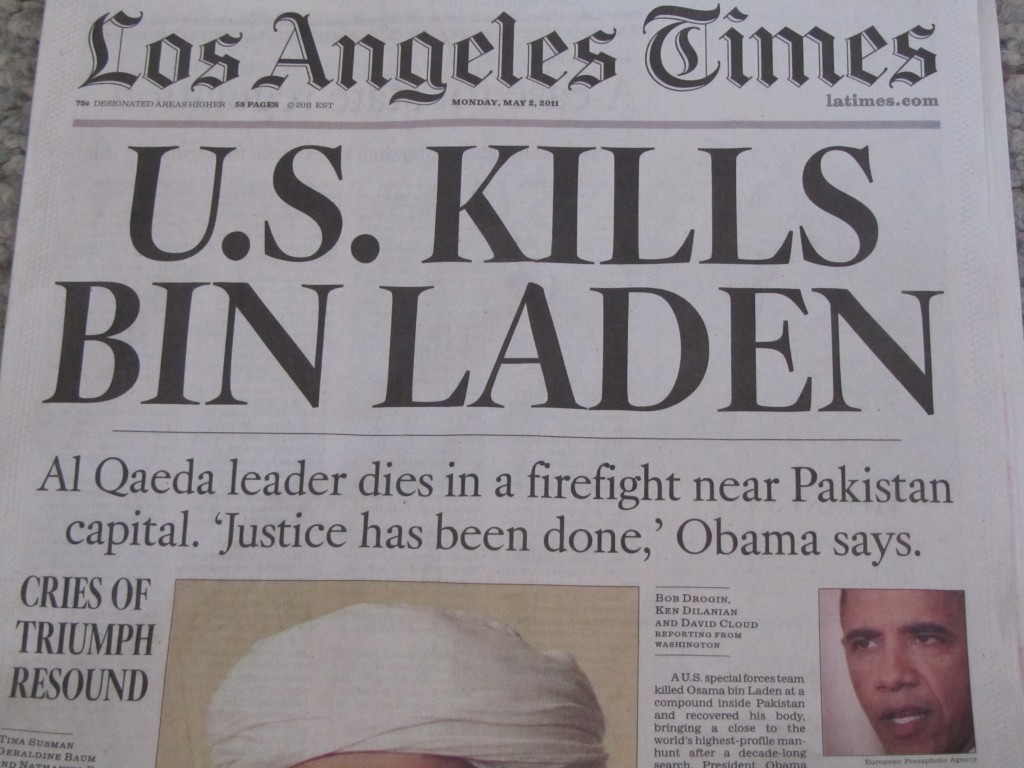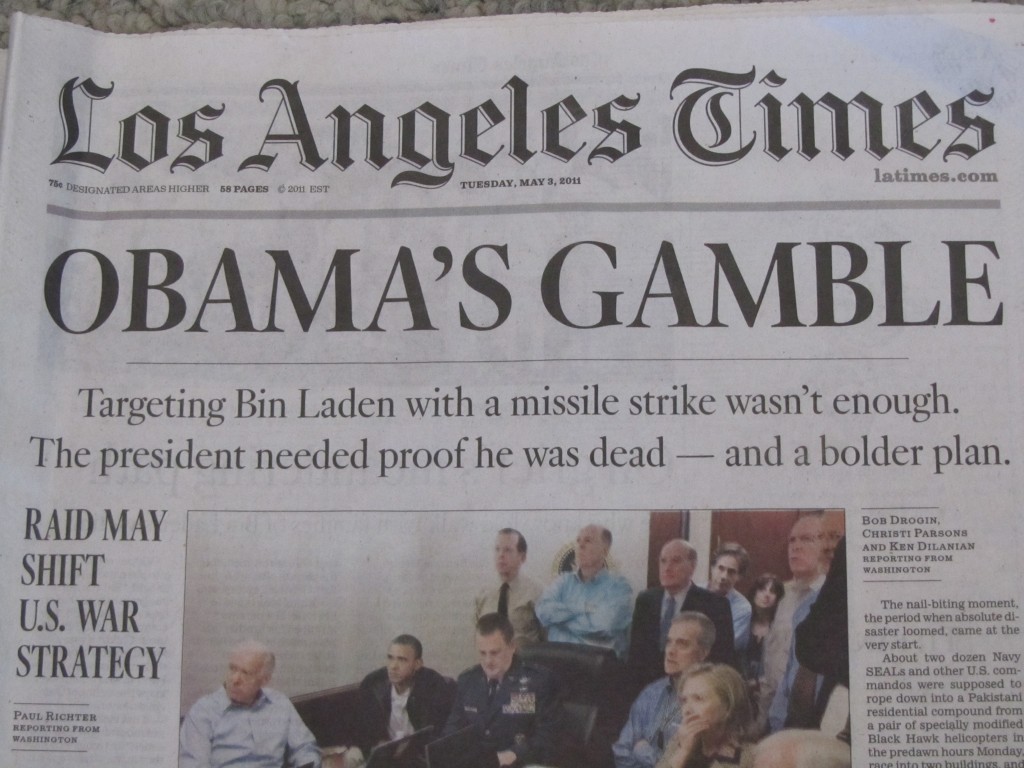Is another European empire collapsing before our eyes?
Wayne Madsen – Strategic Culture May 15, 2011
The history of Europe is one of successive collapsed empires. Some, such as the Roman, Holy Roman, Ottoman, and Austro-Hungarian empires, simply overextended themselves and collapsed due to nationalist uprisings coupled with domestic political and economic inertia. Others, like the German Nazi, Soviet, Italian fascist, Napoleonic French, Spanish, and Portuguese empires collapsed as a result of their military aggression and incessant subterfuge from external forces.
The European Union appears to be suffering from the same symptoms as those experienced by the first category of failed European empires: over-extension, a stagnant and bloated bureaucracy, and economic collapse. As Europe strives to become a more unified and federal union, there has been a backlash from across its member states, with a North-South divide and economic turmoil now threatening to bring down the whole house of cards.
The rise of nationalist political parties in some of the EU’s heretofore staunchest pro-EU member nations and the collapse of some EU national economies due to predatory banking policies and America’s flooding of the global financial system with cheap dollars – a central bankers’ contrivance known as “quantitative easing” — has created fault lines in Europe that not only threaten to bring down the euro and drive the European Central Bank into extinction but prompt some members to leave the EU altogether.
Although there have always been degrees of Euro-skepticism throughout Europe since the coming into force of the Treaty of Maastricht in 1993, which transformed the European Economic Community into the European Union and created the euro, anti-EU feelings now run the full gamut from right to left. Anti-EU fervor has not only increased in the traditionally Euro-skeptic nations of Denmark, the United Kingdom, and France but has gained a strong foothold in the earliest supporters of European integration, including Ireland, the Netherlands, Finland, Greece, and most importantly, Germany…
Denmark originally failed to ratify Maastricht and a referendum on the treaty in France narrowly passed. Denmark, upon ratification, insisted on four exceptions to the treaty. In 1985, Maastricht was preceded by the Schengen Agreement, which dropped border controls between the member nations, including non-EU members Switzerland and Norway. However, the UK and Ireland never agreed to the Schengen Agreement.
With the rise of nationalist and anti-EU political parties in EU member state legislatures and the European Parliament, coupled with the increase in North African illegal immigration to Europe following the popular revolts in Tunisia, Egypt, and Libya, Schengen is being challenged by nations from Denmark and Finland to France and Italy. The North African political instability was originally triggered by the economic downturn of North African economies caused by Western bank policies that resulted in inflation, food shortages, and high unemployment. Soon, the conniving forces of Western bankers and multinational corporations linked to Western intelligence agencies and the George Soros labyrinth of non-governmental organizations sought to capitalize on the North African political transitions by implementing the shock doctrine policies inherent in vulture capitalism, I.e., in every crisis there is a profit to be made and state-run enterprises to privatize.
One of the original Euro-skeptical EU nations, Denmark, was the first nation to announce it was re-introducing border controls to keep out North African immigrants escaping the civil wars and strife in their home nations. The EU bureaucracy cried foul but Denmark saw support for its move from Italy and France, which also saw an influx of illegal migrants.
Meanwhile, the EU economic bailout packages for Greece, Portugal, Ireland, and Spain, resulted in more prosperous EU nations, such as Germany, Finland, Netherlands, and Sweden, complaining about rescue packages for member states that had been preyed upon by the global bankers, relegating their bonds to below average and “junk” status. Unpopular austerity measures imposed by the EU and International Monetary Fund on Greece, Ireland, Portugal, and Spain, resulting in lay-offs of government workers, a rise in retirement age, and reduced pensions and workers’ benefits, resulted in popular disgust with the bankers and bureaucrats of the European Central Bank, EU Commission, and IMF. In Greece, violent demonstrations by workers were harshly put down by paramilitary and police forces.
Unpopular austerity measures brought about by the pro-EU Conservative-Liberal Democratic government of the UK also saw mass student and worker protests in London and other major cities. Anti-EU feelings also swelled within the Conservative Party itself. In the newer EU members in eastern Europe, where membership was originally seen as a welcome change from their former communist systems, anti-EU feelings skyrocketed in Latvia and Hungary, which, along with Greece, Spain, Ireland, Portugal, and EU aspirant member Iceland, found themselves as much abused by the IMF and its affiliates as the midtown Manhattan hotel chambermaid who was sexually set upon by IMF chief and ardent European integrationist Dominique Strauss-Kahn.
Euro-skepticism, which runs the spectrum from the hard line and right-wing anti-EU British UK Independence Party, French National Front and Austrian Freedom Party to the softer anti-EU British Conservative Party and leftist Danish and Swedish Greens, has steadily morphed into a movement that no longer seeks EU reform but complete EU dissolution or something just short of it. There have been popular calls for the dumping of the euro and a return to the lira in Italy, Deutschemark in Germany, drachma in Greece, franc in France, and peseta in Spain.
There have been reports that Greece may be the first nation to withdraw from the euro zone. Anti-EU and global banking feelings are running high in Greece and Socialist Prime Minister George Papandreou sees little room to maneuver with dictates on Greece’s collapsed economy coming from Frankfurt — the headquarters of the European Central Bank — and Brussels. Germany, the European Central Bank, and IMF fear that a financially independent Greece would simply default on its debts. However, defaulting on debt obligations engineered by the very banks that are now subjecting countries like Greece, Iceland, Ireland, Spain and Portugal to punishing and draconian austerity measures is exactly what workers’, pensioners’, and students’ groups advocate. The newly-invigorated popular movements of the left in the EU see defaulting on the banking vampires and vultures as the first step to renationalizing utilities and other former state-owned enterprises and scrapping the multinational capitalist system of derivatives, collateralized debt obligations, mortgage-backed securities and other financial “alchemy” schemes dreamt up by eyeglass pinch-nosed financial gnomes who relish in rewarding the greediest multinational corporations and banks.
The recent electoral success of the anti-EU True Finns Party has pushed Finland closer to the anti-EU sentiment found in its Nordic partners of Denmark and Norway. Norway never joined the EU and its strong economy has its Nordic partners wishing they, too, had opted to remain out of the bureaucratically top-heavy and financially-draining EU.
The rise of xenophobic anti-immigration right-wing parties in the EU is not the only political development that threatens the EU and its plans for a federal Europe. In the heart of the EU bureaucracy, Brussels, the Flemish Bloc not only seeks independence for Flanders and the dissolution of Belgium but wants Flanders to pull out of the EU. The idea of a non-EU Flanders just a few miles away from the European Commission headquarters is no longer hypothetical. The recent success of the Scottish National Party in the Scottish election may see an independent Scotland entering the EU on its own terms with a more anti-EU England and Wales pulling away from the EU.
Turkey, which has been rejected over and over again by a more nationalistic and anti-Muslim EU, is now enjoying strong economic growth. Many Turks now ask the question: who will benefit more from EU membership for Turkey? A financially-deteriorating EU might be anxious to grab Turkey’s economic wealth to bail out failed economies in Greece, Portugal, and Ireland. Turkey, which is now seeing new emerging markets open for its businesses in the Middle East and central Asia, could find itself constrained by an Israeli-influenced EU that might force Ankara to apply curbs on its economic relations with Iran, Syria, Egypt, and Palestine.
The United States has relied on the EU as a natural complement to the arcane NATO military alliance. The EU-US-NATO alliance, which helped craft virtual EU protectorates masquerading as independent states in Bosnia-Herzegovina and Kosovo in the remnants of Yugoslavia, will be keen to maintain the status quo in Europe. However, with the peoples of Europe hitting the streets in protest and the fumes from Molotov cocktails and tear gas heavy in the air of Athens, London, and soon, other capitals, the United States, a declining “paper tiger” empire, will have little influence to stymie the breakup of the EU. Like it or not, the United States will soon see the collapse of an abortive European super-state based in Brussels and the subsequent return of sovereignty to the nations of Europe…






